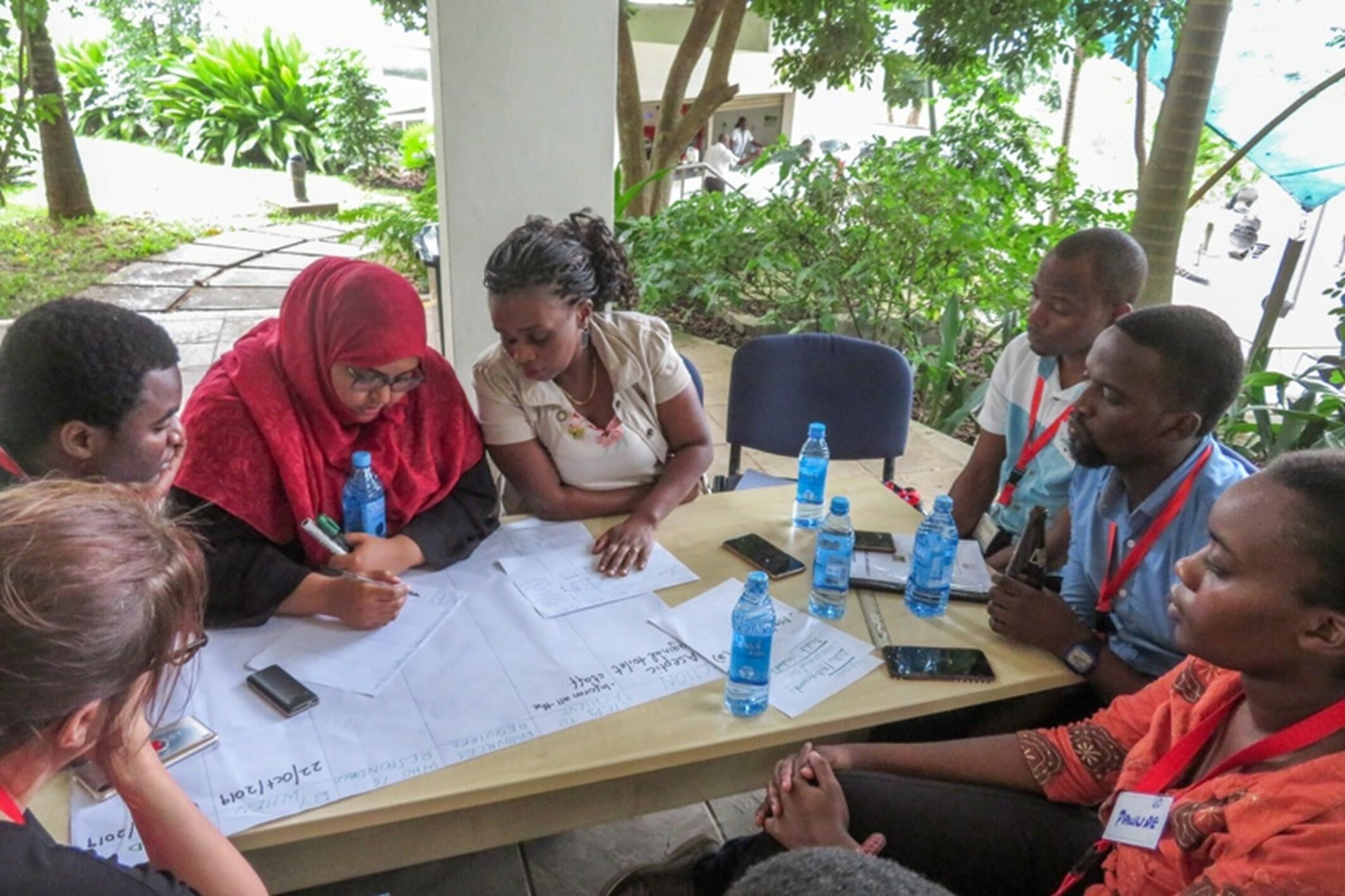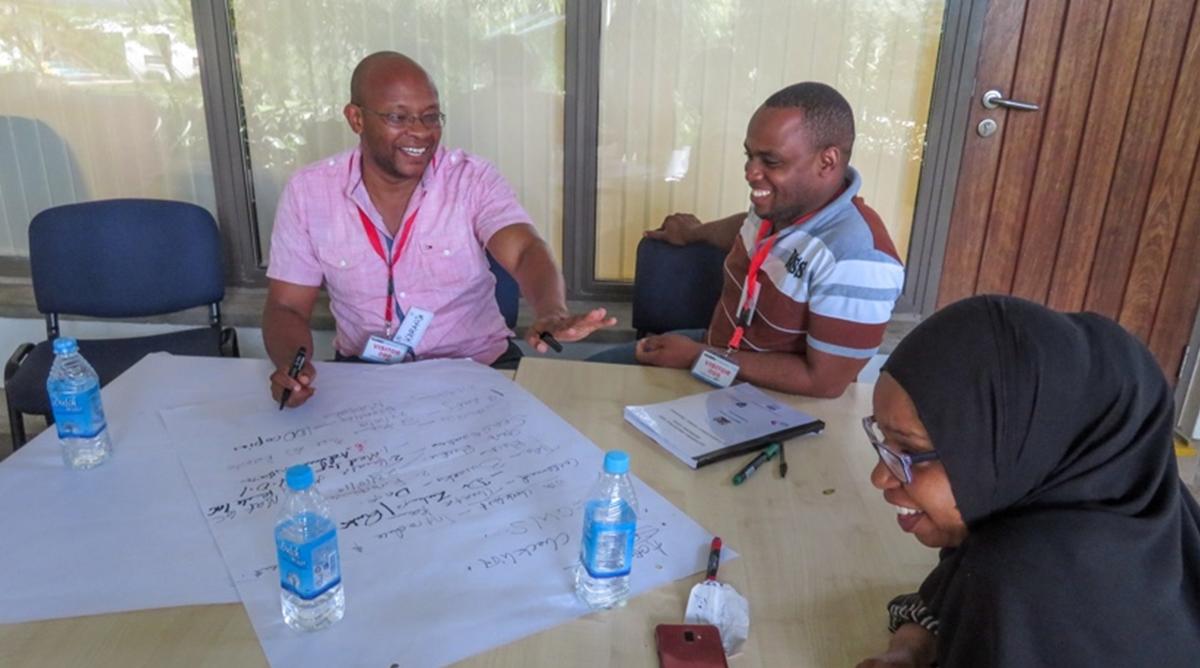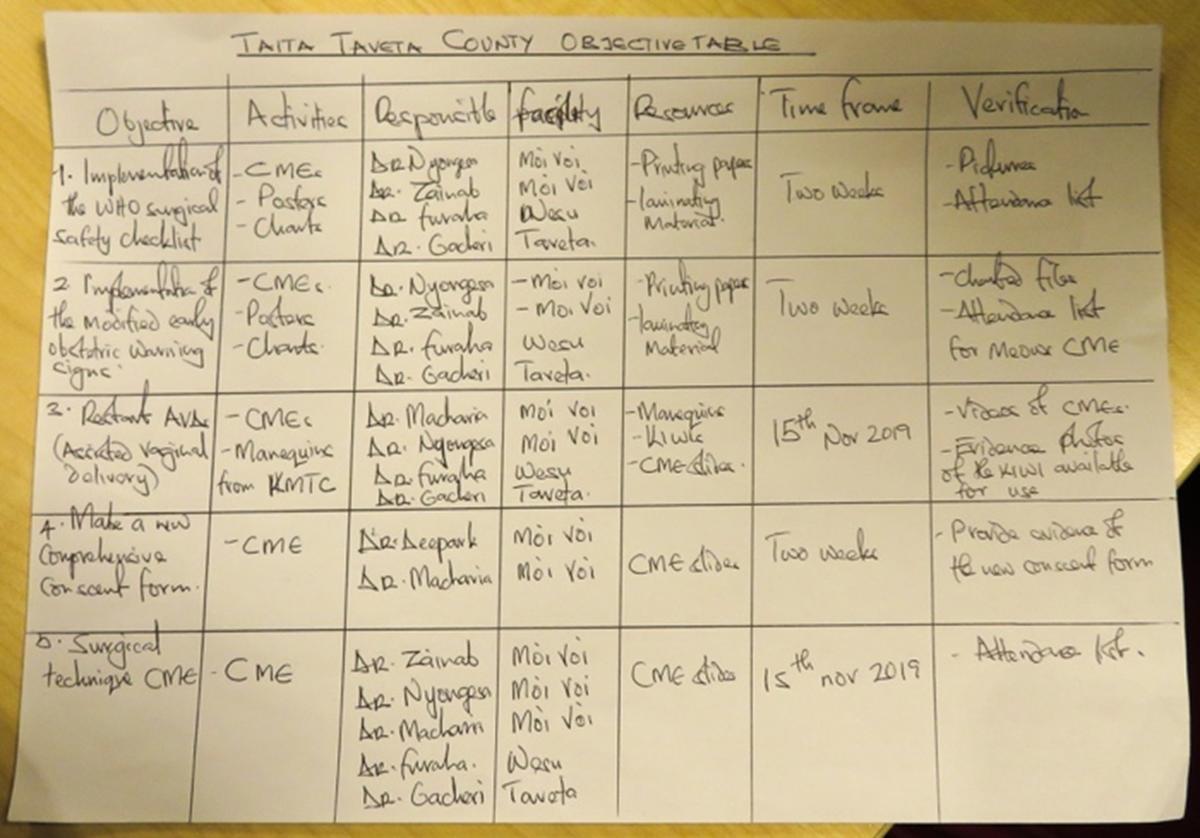
The Emergency obstetric care and quality of care unit has provided short courses in basic emergency obstetric and newborn care for maternal health workers in low resource settings in sub-Saharan Africa and South Asia since 2007. Evaluation of these training events has demonstrated improvements in knowledge and skills following the training that is retained for up to a year following attendance.
Whilst acquisition of knowledge and skills provides a clear basis for improvements in practice in the clinical environment, to bring about sustained positive changes, it is necessary to ensure that learning moves beyond good intentions and is translated into actions once the learners return to their facilities.
The publication of the first report of Confidential enquiry into maternal deaths in Kenya demonstrated a disproportionate association between birth by caesarean section and maternal deaths, a finding echoed by a recent systematic review of caesarean associated deaths and complications in low and middle income countries. These studies highlighted the necessity of making improvements to the quality of care surrounding operative obstetric interventions, besides improving decision-making to avoid unnecessary caesarean births.
Our intervention to address the problem

With all this in mind, LSTM’s emergency obstetric care unit set about developing a short multidisciplinary training course designed to support providers of obstetric surgical and anaesthetic services improve the quality of care they provide to women and their babies. The course took participants on a journey incorporating decision-making and prioritisiation of care on the labour ward, through pre-operative preparation, intra- and post-operative care. We included a full day of practical training about assisted vaginal delivery, with the aspiration that by increasing confidence and competence in this procedure there would be a resultant decline in technically difficult caesarean sections performed late in the second stage of labour in favour of straightforward assisted vaginal deliveries. Throughout the training we emphasised the importance of respectful care and communication skills, coupled with multidisciplinary team working.

Facilitation of participants to work on an action plan, with the intention of fostering change when they returned to work after attending the five-day course, was intrinsic to the training. Throughout the course, participants were invited to consider choosing the items they would most like to put into practice in their facilities. On the final day, they sat together with other team members from their health units and were guided to develop specific, measurable, achievable, relevant and time-bound (SMART) action plans to take back with them. We considered that encouraging participants to choose those interventions for which they felt most enthusiasm would be more likely to result in the action plans leaving paper and being actualised in practice. Favourite topics included instigating or improving the use of the WHO Safe surgical check list, introducing improved patient monitoring with Early Warning scoring charts, increasing the usage of assisted vaginal birth, improving communications using the SBAR tool and use of a labour ward progress board to keep a track of the progress of women through labour and help prioritise care.
An abstract describing this work has been accepted as a poster presentation for the RCOG virtual world congress 2021 and will be featured in the online World Congress edition of the BJOG journal.
Future plans
We plan to provide facility-based mentorship to participants as they put their plans into practice. We hope to be able to demonstrate that by focusing on developing and actualising action plans, learning will indeed be translated into improvements in care quality and result in better outcomes for mothers and babies. We will also be working to develop a CPD orientation package for new obstetric consultants and labour ward leads with our partner the Kenya Obstetrical and Gynaecological Society.
A brief film about the course can be viewed here:
LSTM Kenya Course (short version) from footprints in the dust on Vimeo.